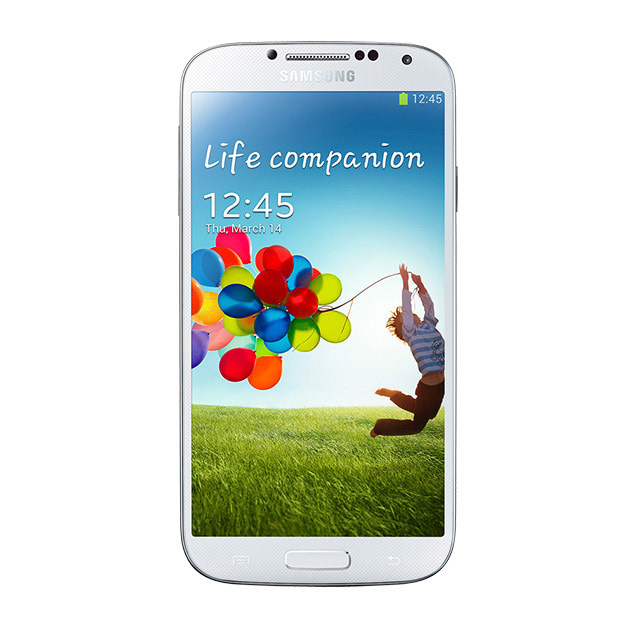MicroSD isn't a benefit on 16GB Samsung Galaxy S4, with less than 10GB for apps

I have to uninstall large games (they can run from 1GB to 1.5GB each in size) from my Galaxy Note II due to internal memory limits and the inability of Android to move or install apps to microSD without rooting. This same issue is starting to appear as new Galaxy S IV owners are discovering that their 16GB model only has just under 10GB available to them for apps.

In today's smartphone world, Android manufacturers shouldn't release high-end devices with less than 32GB, and the microSD argument for the S4 over the HTC One may not be as big of an issue as many make it seem.
Out of the box, you can only install apps on Android devices to the internal storage, and with high-end games and more advanced apps consuming so much memory, I think it's a problem when you have to make app usage choices based on memory limitations. The microSD expansion is good for those who store movies, music, and photos on their devices, but with cloud and streaming solutions becoming more prevalent, the need for large external storage is reduced.
I have a 64GB microSD card in my Note II, because I thought I would use as much as possible. In reality, I only have a couple of GB on it, since I tend to rent movies on Google Play (temporary storage need) and stream my music using Songza, Slacker Radio, or other services. Thus, I really do not have huge memory needs, and that is coming from a person who uses their mobile phones quite a bit.
The HTC One comes in 32GB and 64GB (AT&T and unlocked Developer Edition), and that is the size of internal storage that all Android devices should support. There can be lower-cost 16GB models, but no flagship should launch with just 16GB of internal storage capacity. This is especially true when much of that 16GB is used up for system software and included apps that can't be removed.
I don't think the external storage argument holds much water in today's smartphone world, especially when you look at the limitations of external storage. Apple has never had external storage support on the iPhone, high-end Windows Phone devices do not have external storage support, and the Nexus line doesn't support external storage.
I prefer to select my smartphone based on design, functionality, and actual real-world usefulness, rather than just looking at specs like external storage that really don't mean much in actual use.